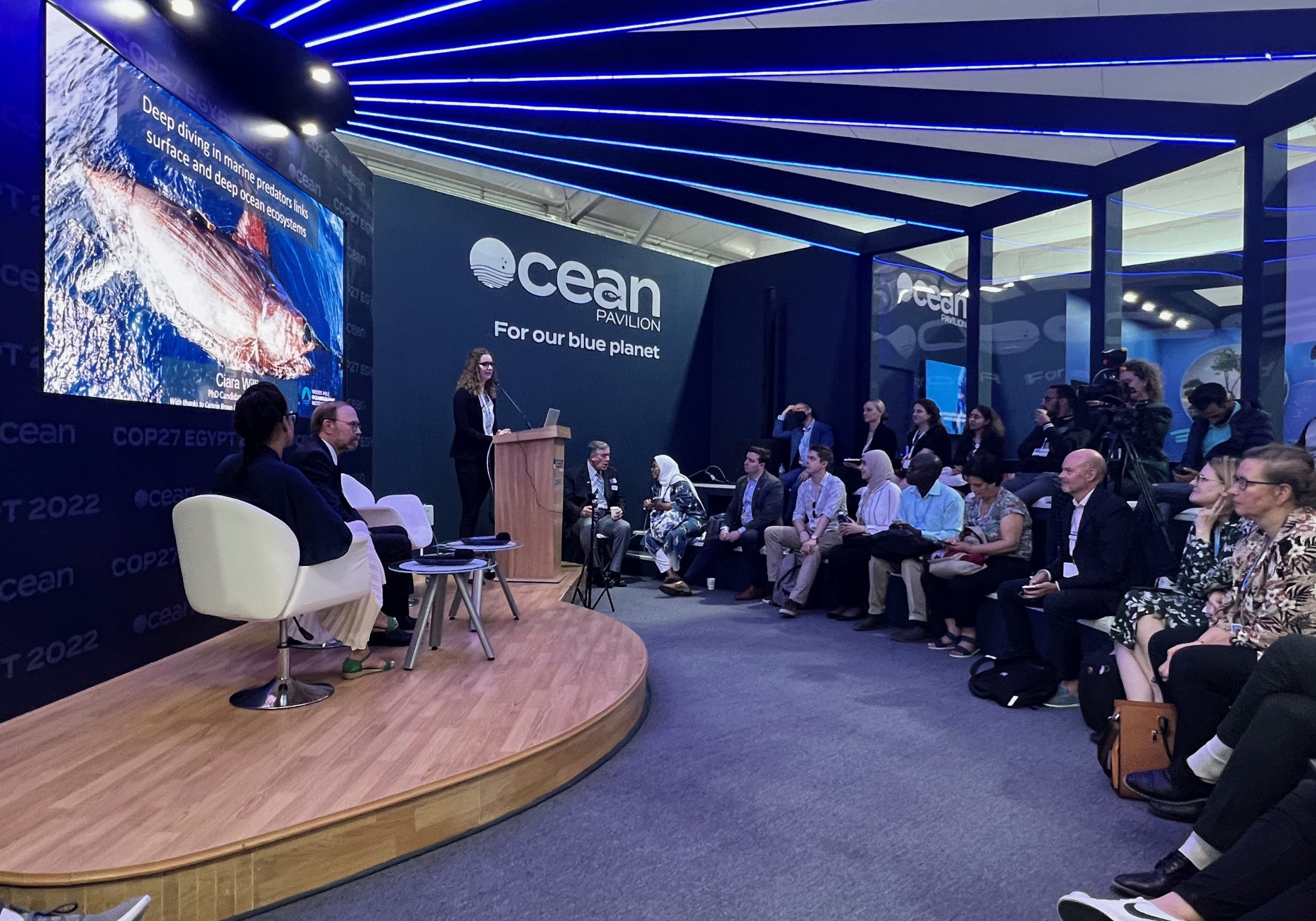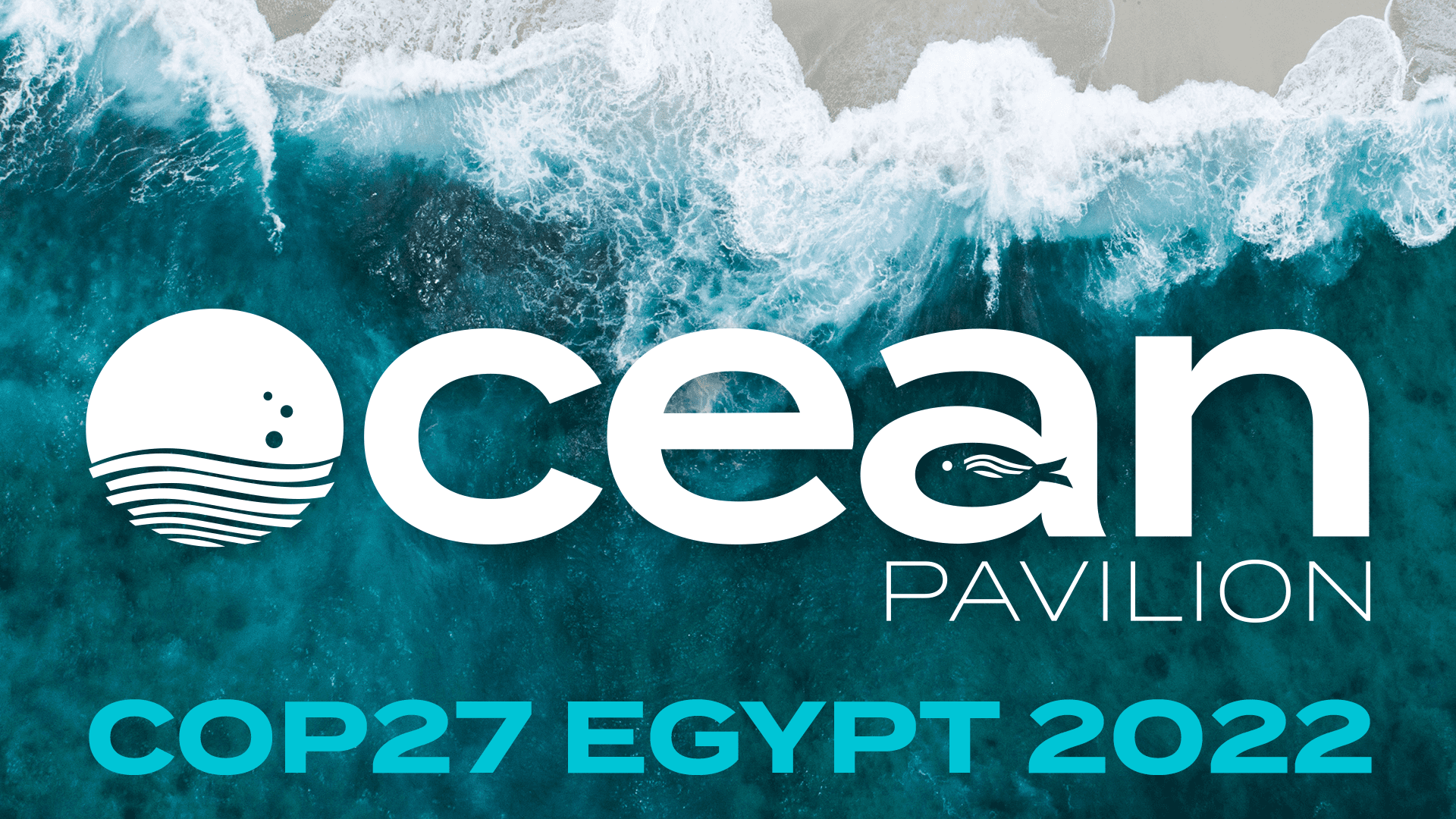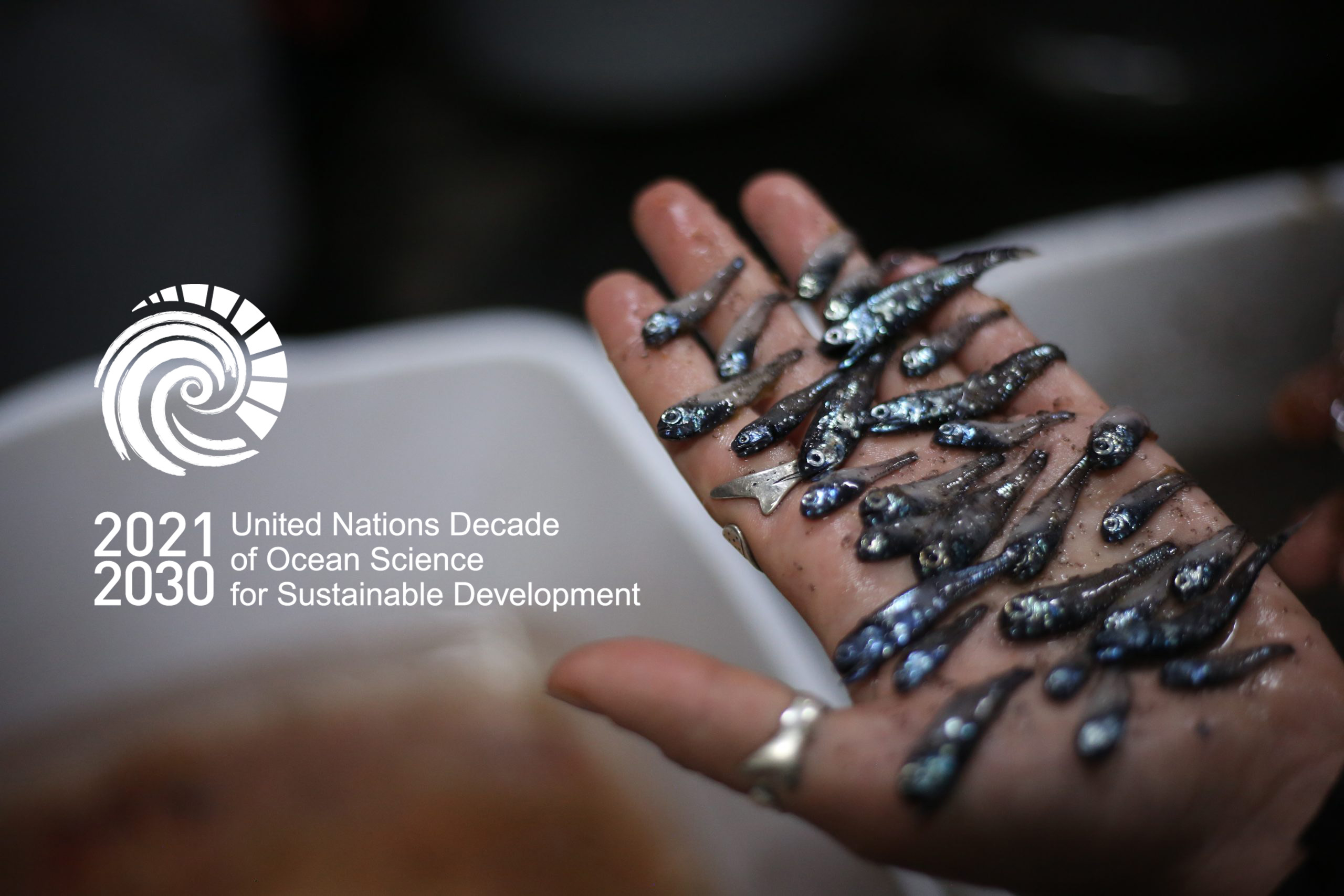OTZ project featured at COP27 December 6, 2022

In November 2022, the OTZ project was a primary driver for WHOI’s participation at COP27 and a featured element of the United Nations climate summit. OTZ team members traveled to Sharm el Sheik, Egypt to share scientific knowledge gained about the critical climate-regulating services of the ocean twilight zone with global policymakers. A clear message that emerged from the Ocean and Climate Change Dialogue, which preceded COP27, is of the importance of 'blueing the Paris Agreement' - making the ocean a place for real climate innovation and action. The United Nations also declared that 2022 was ‘The Super Year of the Ocean.’
The climate change Conference of the Parties has been meeting nearly every year since 1995, yet incredibly, this was the first COP that featured an Ocean Pavilion within the restricted ‘blue zone.’ Woods Hole Oceanographic Institution led this momentous initiative, bringing SCRIPPS Institution of Oceanography in as a primary partner and attracting more than a dozen international oceanographic institutions to participate. One of those partners was OCEANX, a principal partner of the OTZ project from its inception. WHOI’s Director noted that: "The presence of the Ocean Pavilion helped elevate awareness of the potential opportunities for the ocean to play a central role in one day removing more planet-warming carbon from the atmosphere than human activity puts there each year." During COP27, OTZ team members presented emerging knowledge about how reliant top apex predators (such as tunas and swordfish) are on foraging in the deep twilight zone scattering layers. We also informed policy-makers about the ocean’s potential to store vast amounts of carbon if scientifically validated and monitored (i.e. via ocean carbon dioxide removal).
Why this matters: When the OTZ project began four years ago, there was little to no awareness of the critical services provided by the twilight zone among policymakers—instead, the overwhelming focus was on surface, coastal and deep-sea ecosystems. This year marked the first time that the ocean, and particularly the twilight zone, was a central theme at COP—a powerful demonstration of how far we’ve come in policy and public awareness over the last few years.
How we got there: From the beginning, our team has built relationships with key stakeholders worldwide, created and distributed proprietary policy reports, and has participated in international policy meetings and initiatives. In the process, we have gradually built a constituency of ocean-advocates and positioned the ocean twilight zone as a central consideration in global ocean policy deliberations. Next up on the world stage of ocean policy development (Feb 2023) is resumption of the fifth session of the intergovernmental conference that is attempting to form a legally binding treaty to protect biodiversity in the high seas (known as BBNJ). The OTZ project has been methodically raising the level of ocean literacy at these BBNJ sessions.








